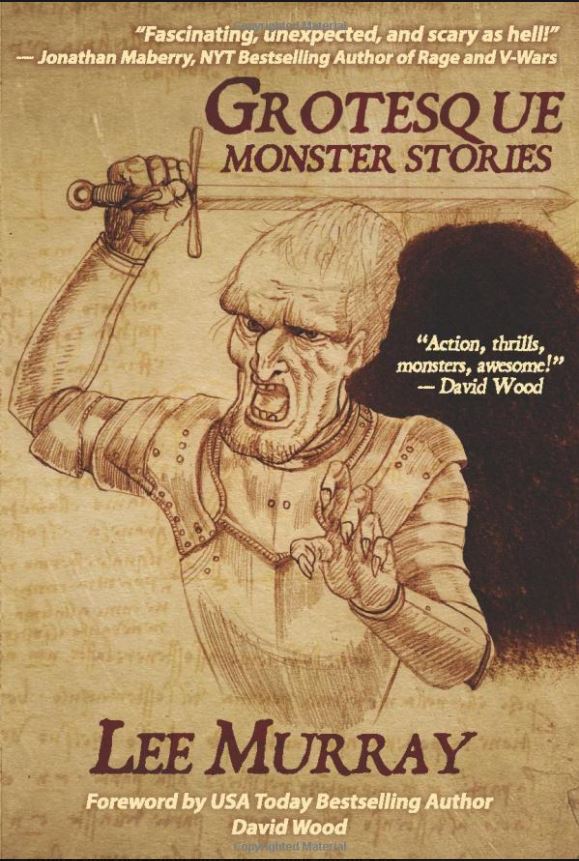

During that break I wrote Mannequins and then I came back and wrote the rest of the novel. After I wrote the first part of The Only Good Indians I had to take a break. As for justice, the initial prank or crime opens that cycle and then years later it chews up the people who were guilty. SGJ: Slashers are about revenge, so any slasher you write is going to have that as part of its build. What was your approach to revenge in Mannequins? A common thread between the two is revenge, though handled very differently. MM: Mannequins comes on the heels your novel The Only Good Indians. A novella feels like a feature film, whereas a novel feels like a season of television. It’s got a spine and can go on a shelf, but you can still write it in under a week. MM: What about a novella appeals to you as opposed to a full-length novel or short story? His best friend, Manny, is kind of a fake white guy. And that’s the world Sawyer lives in too. SGJ: It’s just as simple as whenever I put a Band-Aid on it says it’s flesh coloured, but it’s not my flesh colour. MM: The description of the “Band-Aid colored face” repeats a few times and, I think, offers a lot of room for its implications with regards to heroism. That’s why there’s a funeral in Night of the Mannequins, because I wanted to let the reader feel that these are real people dying. To me, one glaring omission in most slashers is that you hardly see any funerals, which is to say that once people get hit with the machete it’s like a video game – they’re gone. So you go in with calluses you’re kind of inured against these deaths. SGJ: When you read horror or watch a movie, you know it’s going to have a body count. He has such genuine love for his friends. MM: Our empathy for Sawyer is certainly a major part of what makes the novella so successful. Somebody always says, “Remember, the villain is the hero of his own story.” I wanted to explore that, but more than just to say the bad guy is the hero what’s it like to actually step into those shoes? SGJ: At conventions I’m often on panels talking about villains or killers. How does heroism or justice play into the slasher genre here? There’s a backdrop of superhero films and the use of masks. MM: Mannequins is a slasher, but a lot of the horror in this book comes from Sawyer rationalising himself as a hero. If you see a mannequin in a creek bed, you automatically think, “How did that thing get there?” You’re already constructing its backstory in your head. I also wanted something out of place in that giant creek bed. What made you choose this figure? What do you find uniquely unsettling about them? MM: Mannequins aren’t rare in horror, but they’re also not a staple of the genre.


 0 kommentar(er)
0 kommentar(er)
